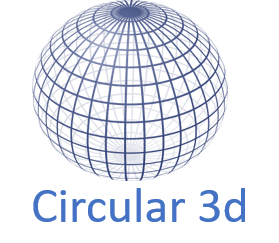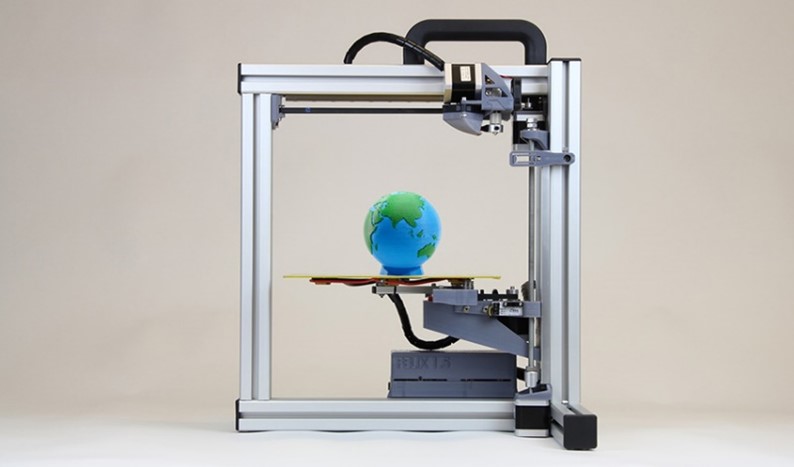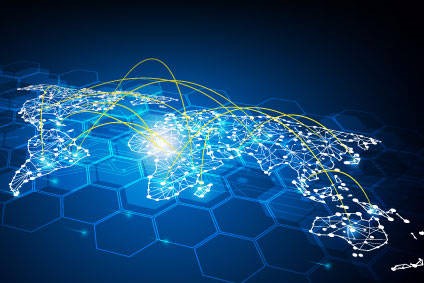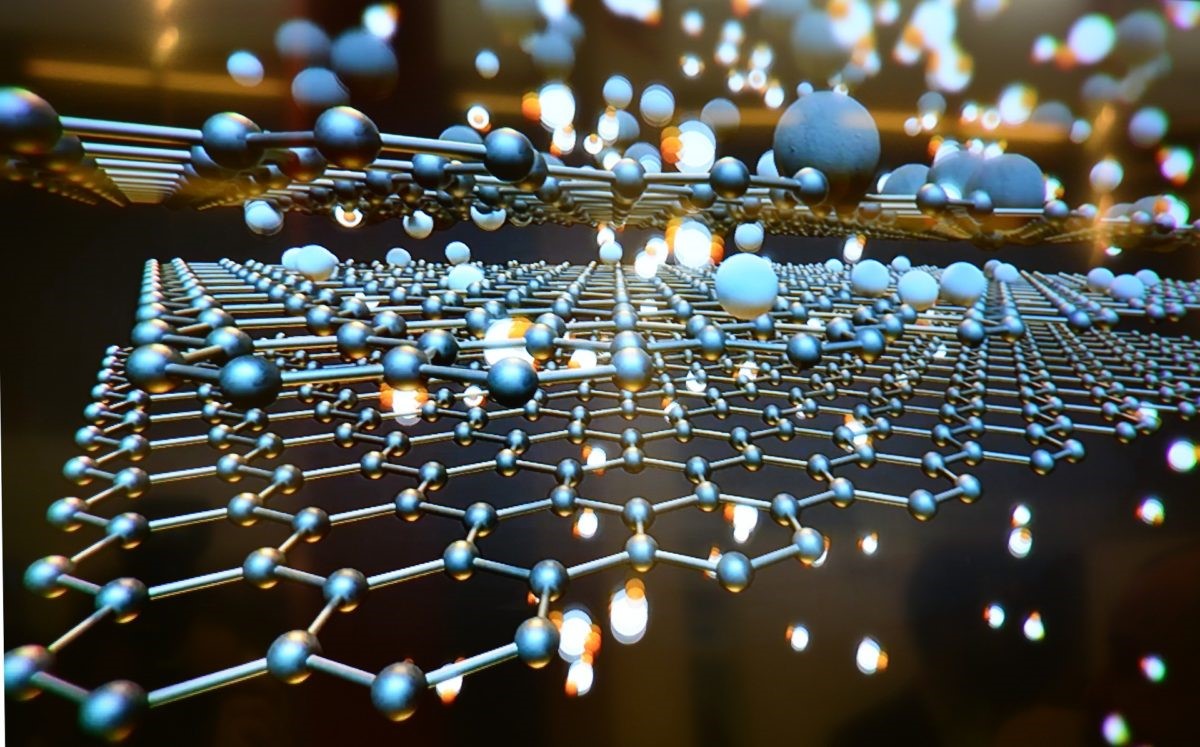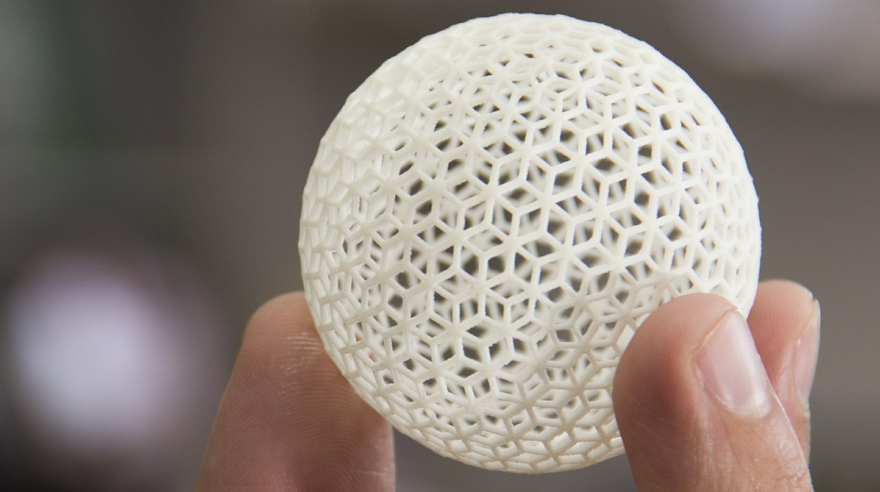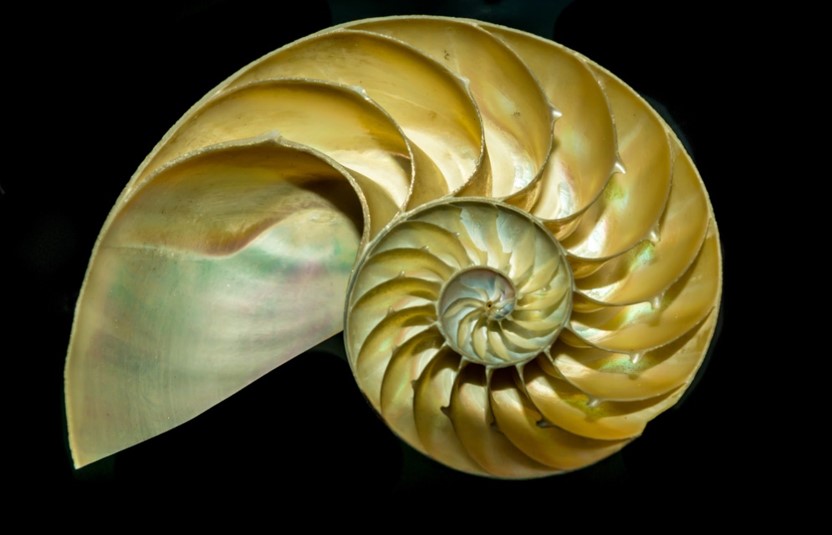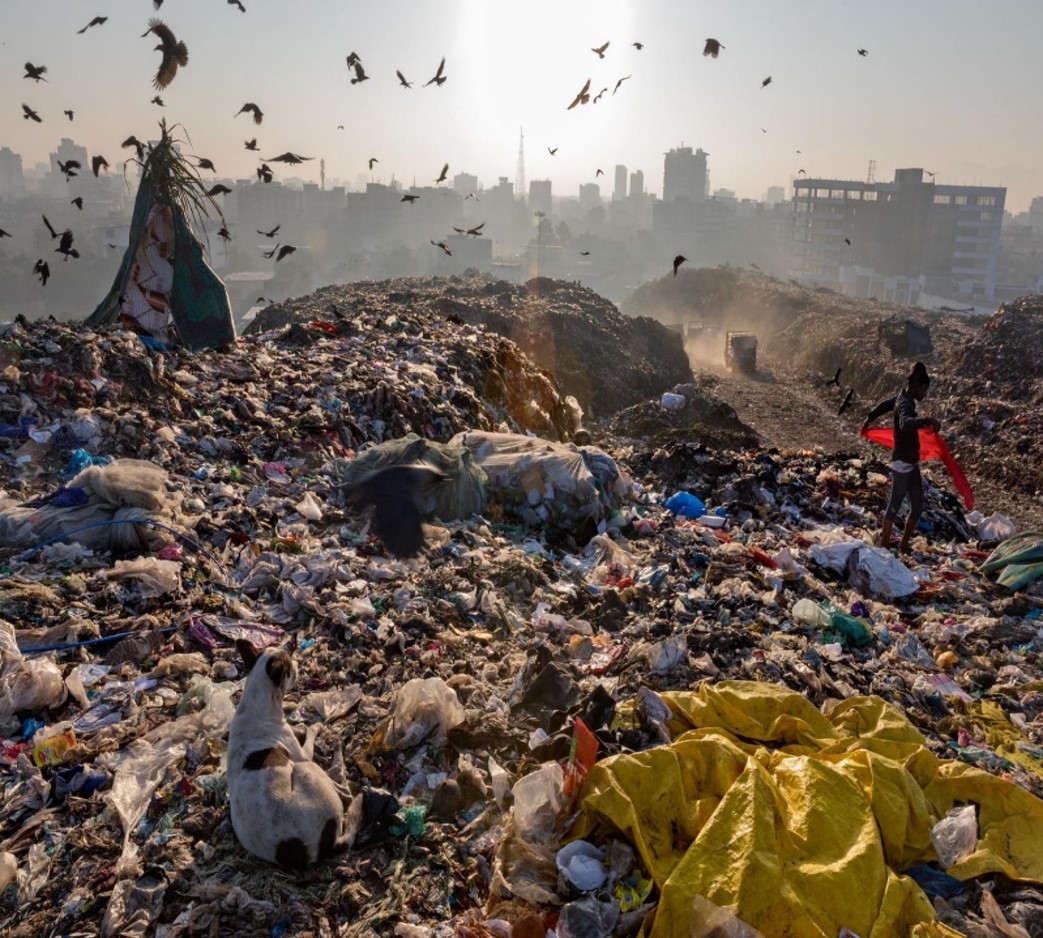Recycling of Plastics (alone) won’t save the Environment
Only 2 % of all world’s plastic is recycled for the same or similar products. That means that even the worldwide recycling quote of just 14 % reflects not the recycling amount that stays in the loop. The majority of this plastics is downgraded to less complex outdoor products like benches or decks. With other words,…
